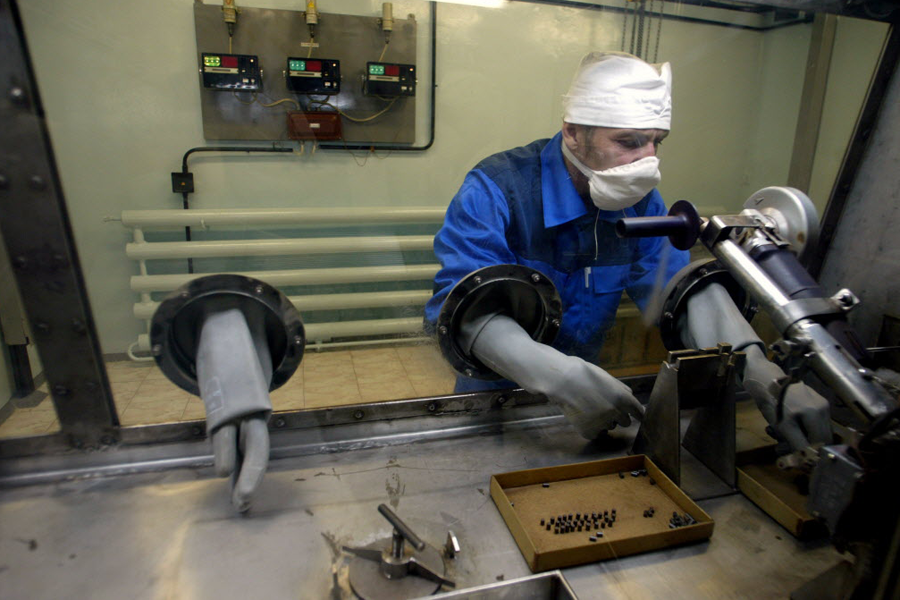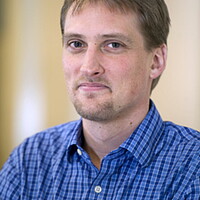Kazakhstan's unnoticed journey from Soviet nuclear danger
Loading...
| Alatau, Kazakhstan
Today I went to see a working Soviet nuclear reactor.
The two-story high white metal box had all the trappings of a Rube Goldberg contraption: red coils jutted from the top, blue canisters and pipes snaked up from the bottom, and something that looked distinctly like a hand crank extended from the side. On a nearby perch sat an ancient black rotary phone – a direct line, the site director explained -- to the reactor’s control board.
While the scene felt frozen in 1967, the year the Russians built the research reactor here in Kazakhstan, a major modernization is now underway with the help of US money. By 2015, the reactor will be fueled by low-enriched uranium instead of higher-grade material that can be used for nuclear weapons.
The transformation of the Alatau reactor symbolizes the broader journey that this Central Asian nation is undertaking. Since the massive country (Kazakhstan is the ninth-largest country in the world) split off from Russia’s southern flank in 1991, it has gradually and without much attention modernized its Soviet infrastructure, partnered with both the West and the Russians, and dodged some big post-independence nuclear perils.
But then when the scale of some of those perils comes into focus, it’s hard not to wonder how Kazakhstan hasn’t been more of a nail-biter news item over the past couple decades.
Here at the Alatau reactor, located just 20 kilometers from the country’s biggest city of Almaty, a batch of extremely dangerous uranium – enriched to 90 percent – sat stockpiled as recently as 2009.
How much did they have, someone in our group asked.
“22 or 24 kilograms,” said Petr Chakrov, acting director of the Institute of Nuclear Physics, which houses the reactor. Just as I was pondering the remarkable imprecision of the “or” in that weight, Mr. Chakrov casually mentioned the only measurement that really mattered: “Just enough for one bomb.”
Aside for some protection measures that I won’t detail, the most obvious outward evidence of change at the facility were a series of wall hangings in the entryway to the reactor.
One set of bronze reliefs carried scenes of an imagined space age that looked straight out of the Jetsons, with ambitious rockets and a group of humans reaching upward to the promised future. The year 1967 happened to be the year that the Soviet Union ratified a treaty banning nuclear weapons from outer space. But space was very much on the mind of those building the reactor, since the complex was meant to test and design nuclear material for use in spacecraft.
Over the years, the nuclear age didn’t quite pan out as planned, especially as the dangers surrounding the radioactive materials became clearer. Few people on the planet know that dangerous history more clearly than those who live in Kazakhstan. The Russians placed their nuclear test site in Kazakhstan, and conducted 456 nuclear tests there, 116 of them above ground. I will have more on this in the coming week.
As we walked in to the reactor building, we first had to put plastic bags over our shoes and a shower cap on our heads. On the way out, we threw them away and put our hands and feet into a radiation measurement machine. I put my hands out for 10 seconds and the machine spit out two numbers, 3.8 for the left, 5.7 for the right. I wondered what I had touched with my right hand. But “normal level” blinked on the screen and I was ushered back into the lobby where we started.
There I looked at the other wall hanging. It depicts the US and Kazakhstan flags crossed together, with a note celebrating “our friendship to deepen peace around the world” and the successful collaboration to protect and account for nuclear materials.
The Kazakhstanis are by no means shutting down the reactor, or their nuclear industry. In fact, they have recently become the world’s largest uranium producer. At Alatau, the reactor is mainly used now to produce industrial products as well as nuclear medicines – some of which are in short supply in the United States.
But so far, the country is doing many of the right things to convince the world that the scale of its nuclear ambitions is modest and in keeping with the hard Soviet lessons learned.
* Ben Arnoldy traveled to Kazakhstan on a trip organized by the International Reporting Project (IRP).






